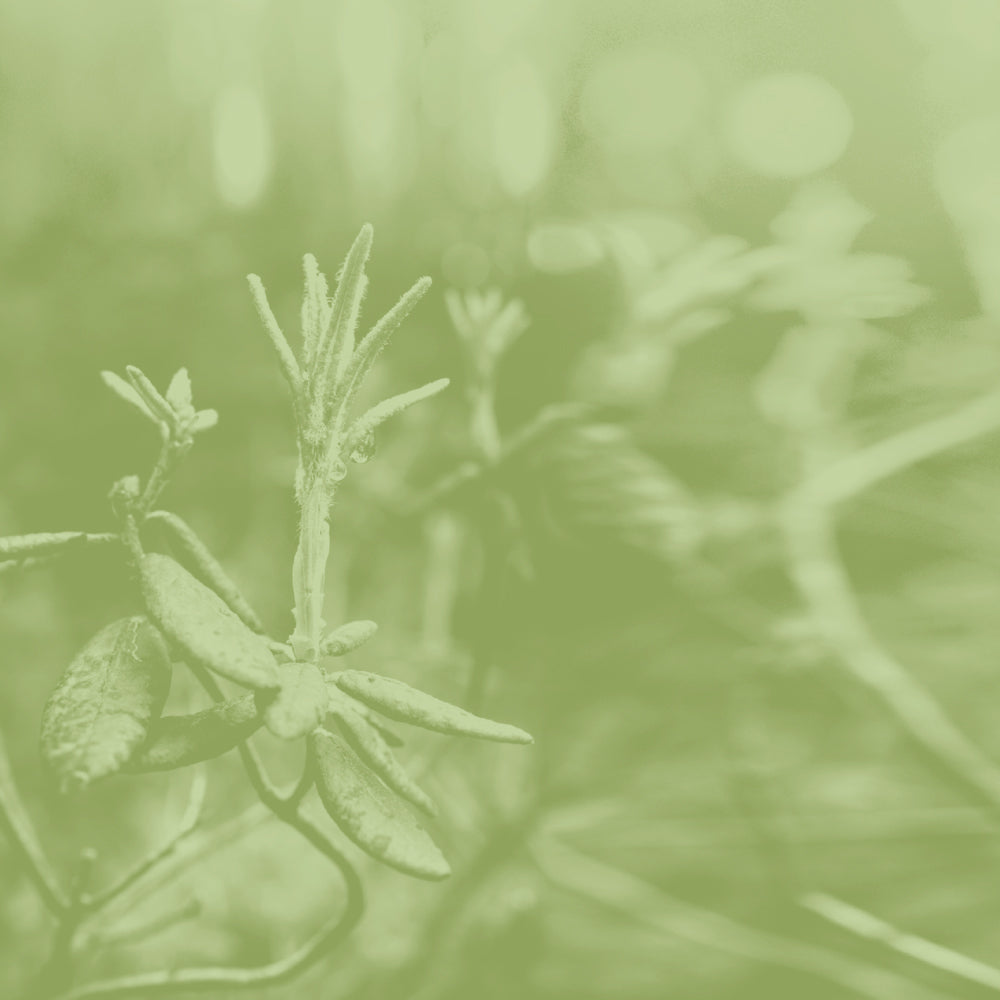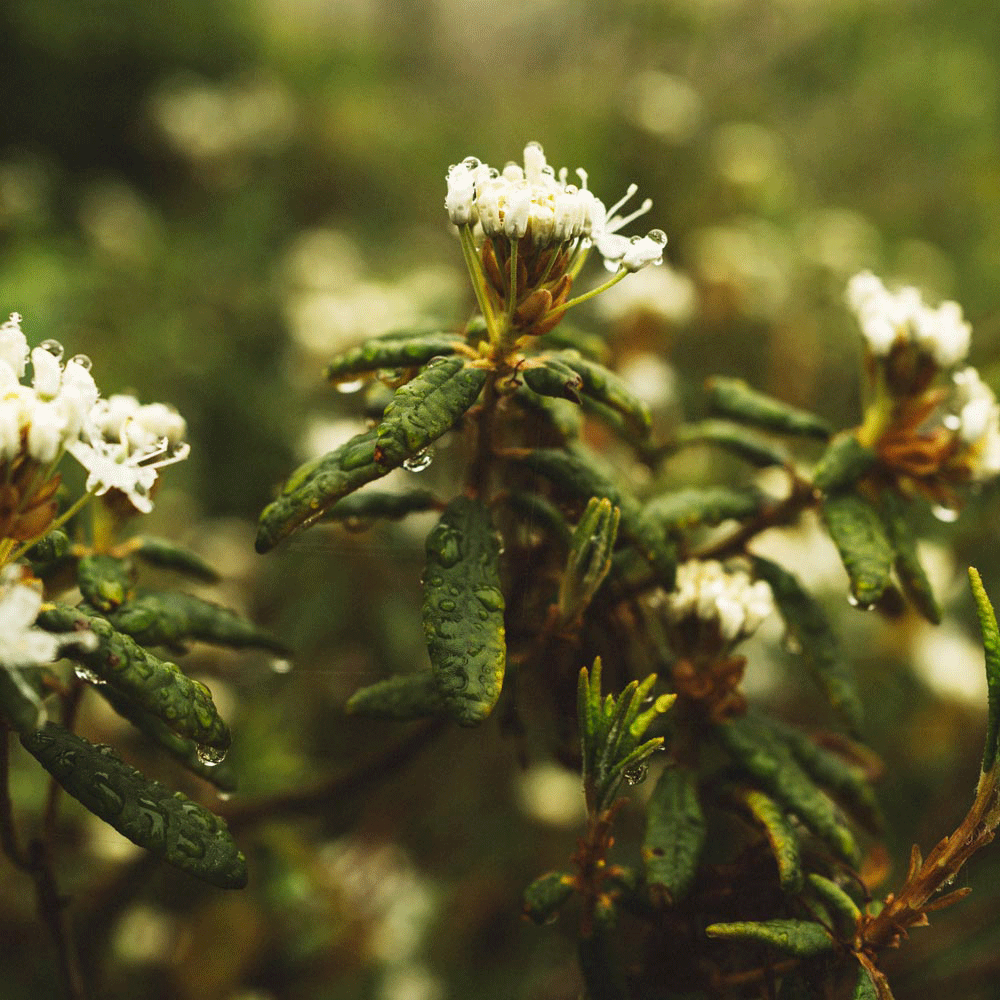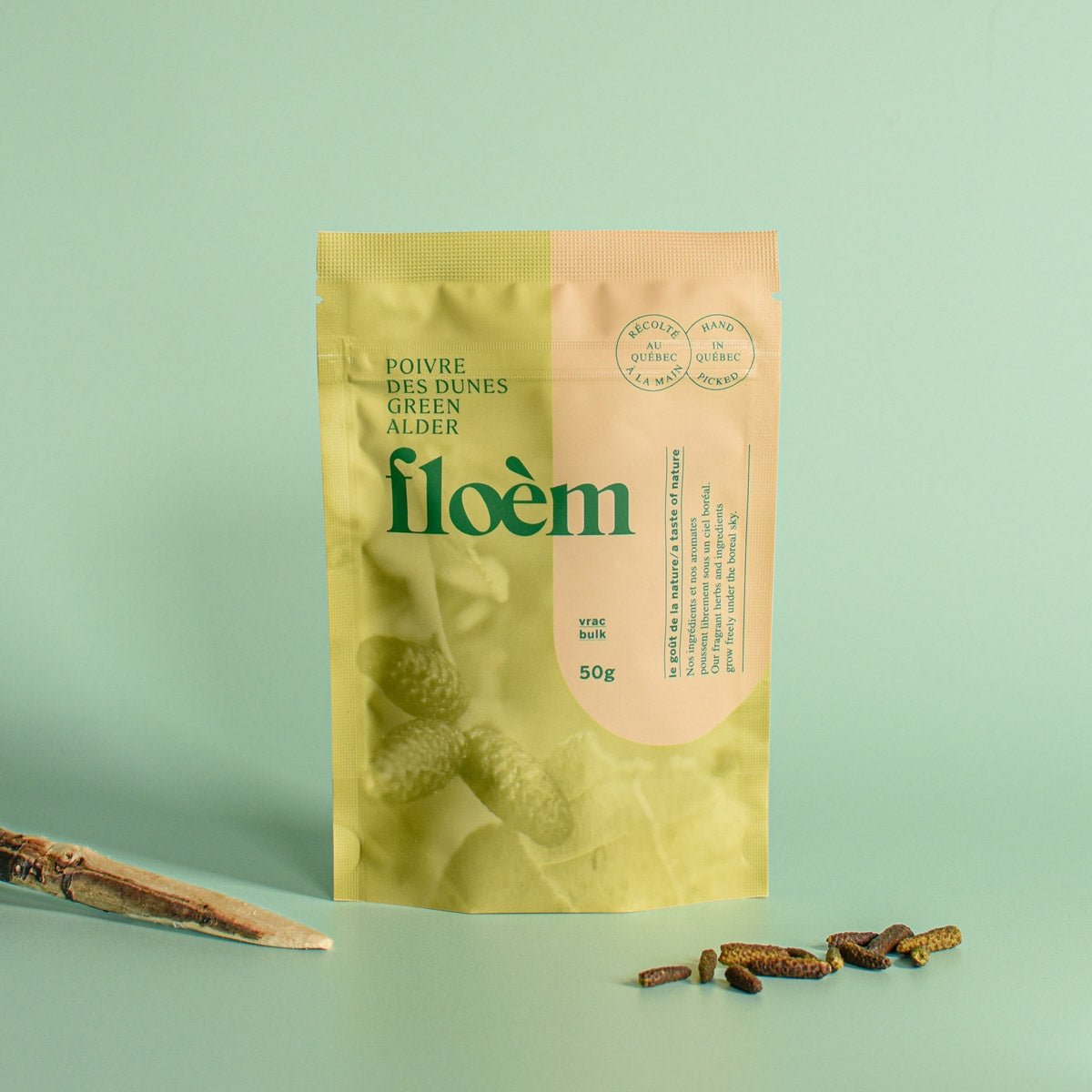
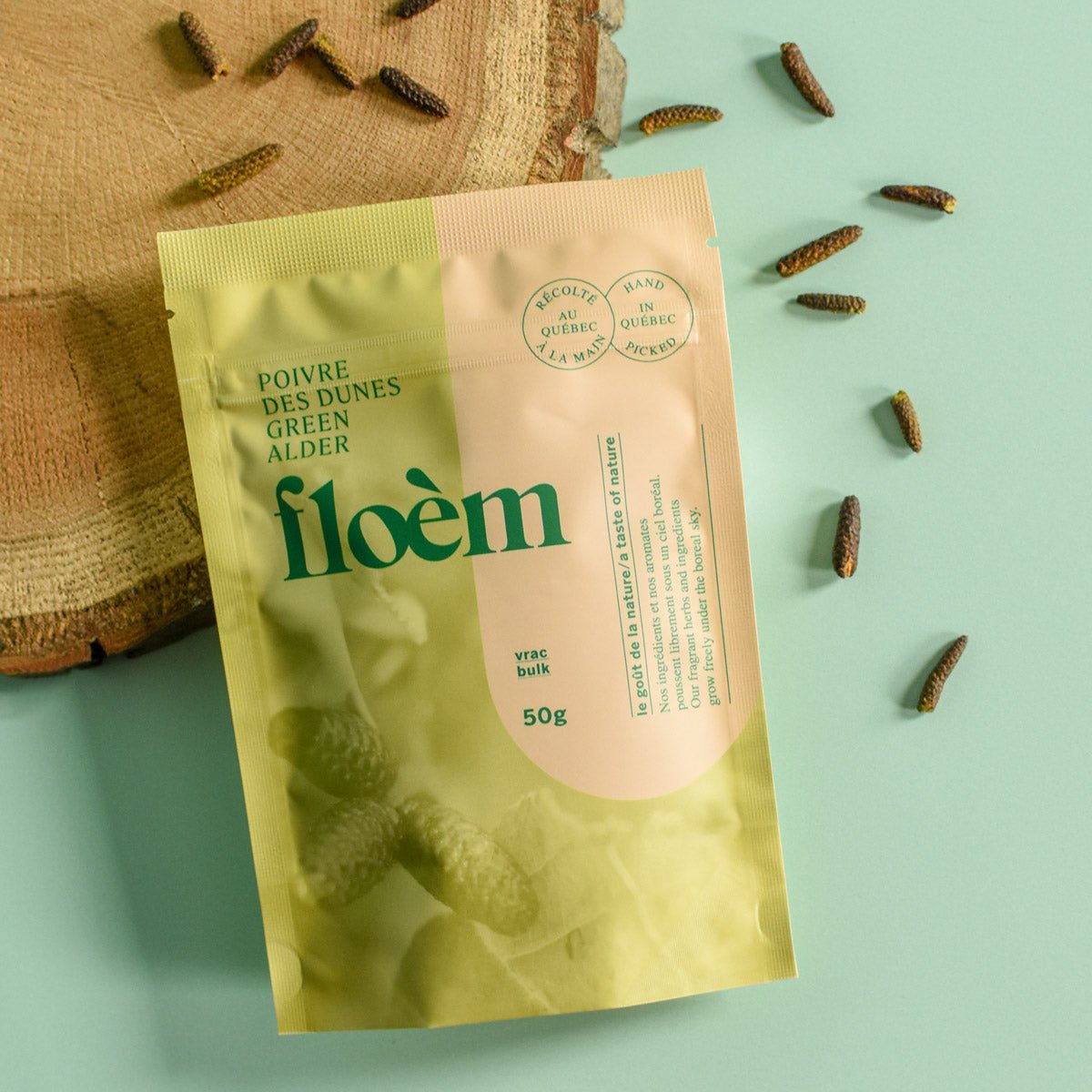
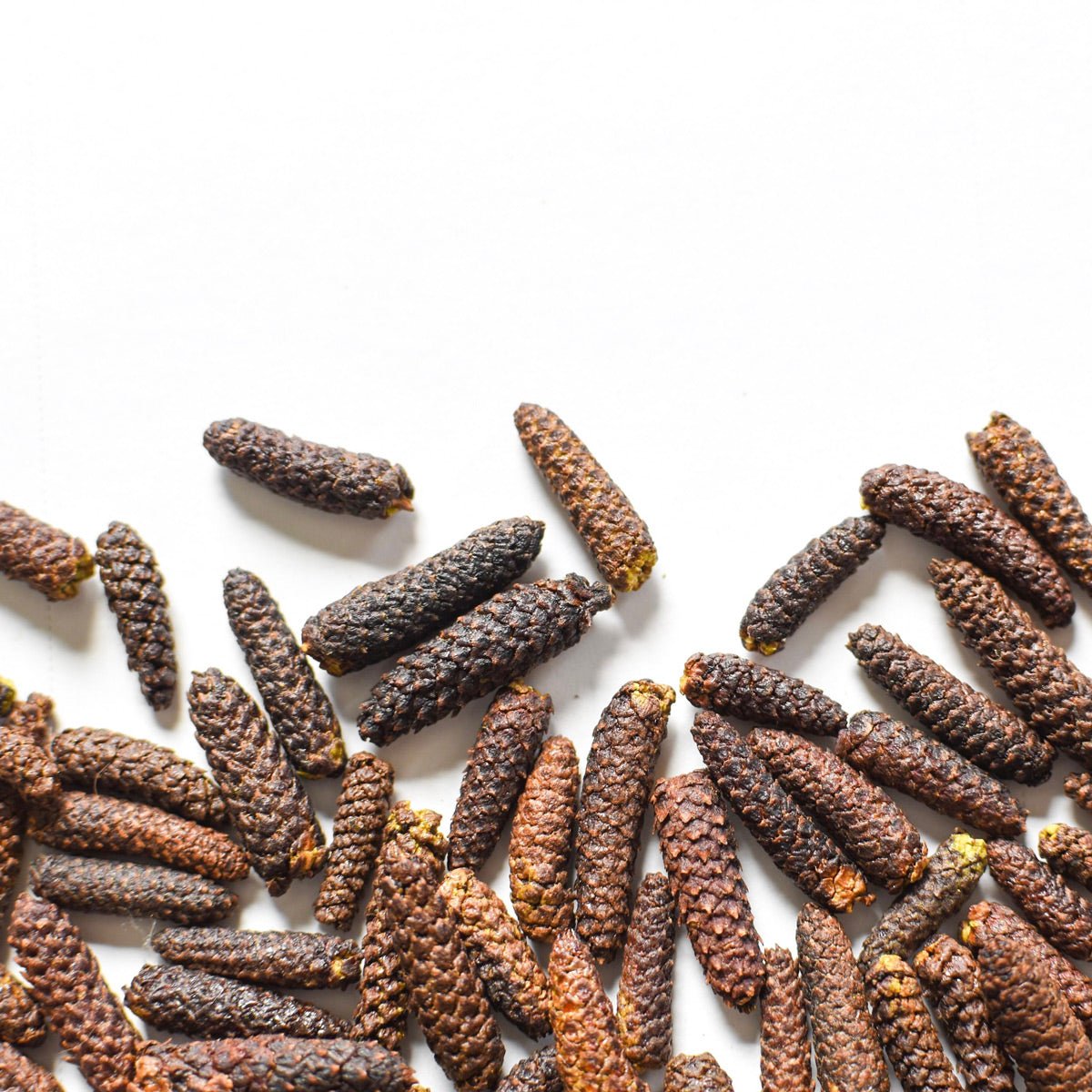
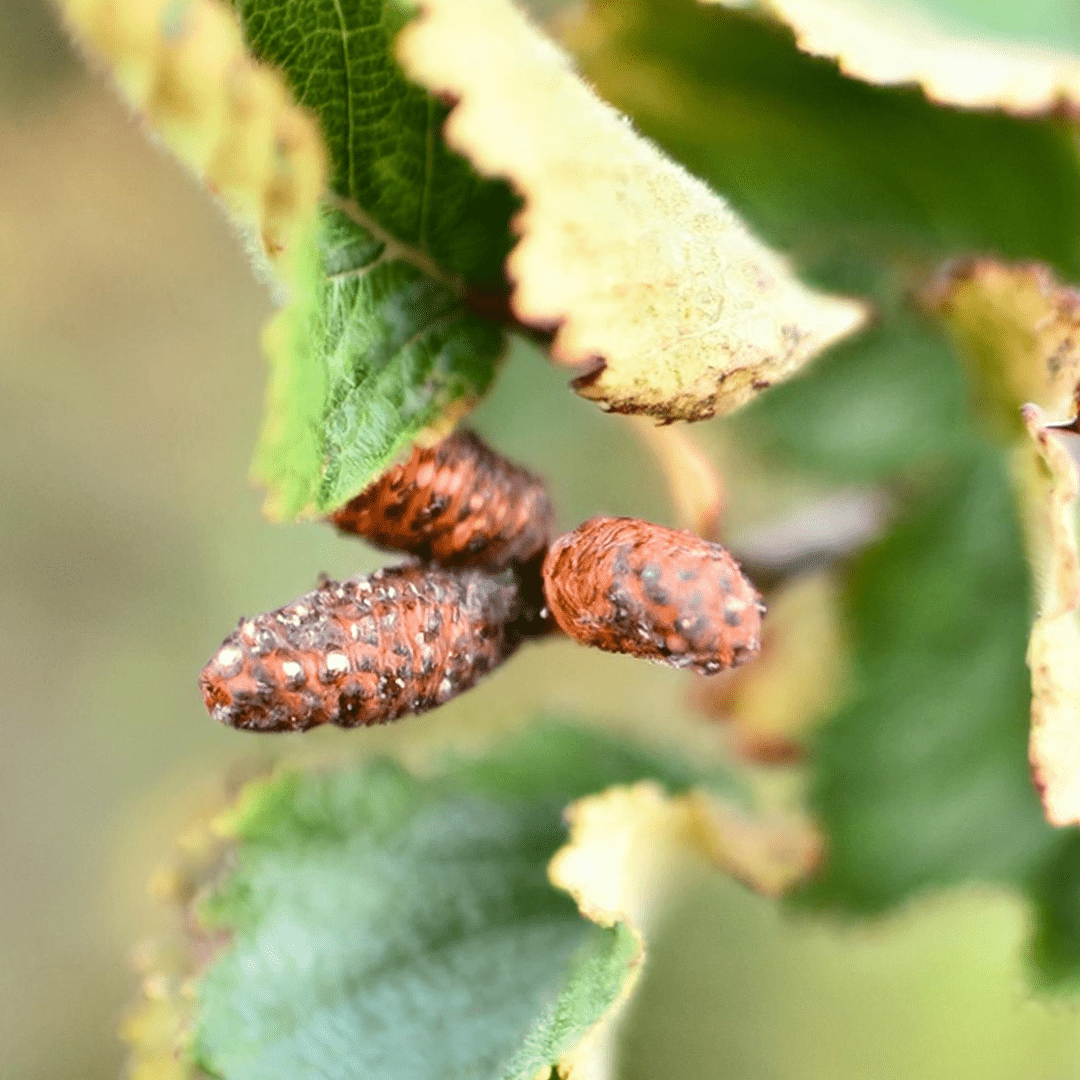
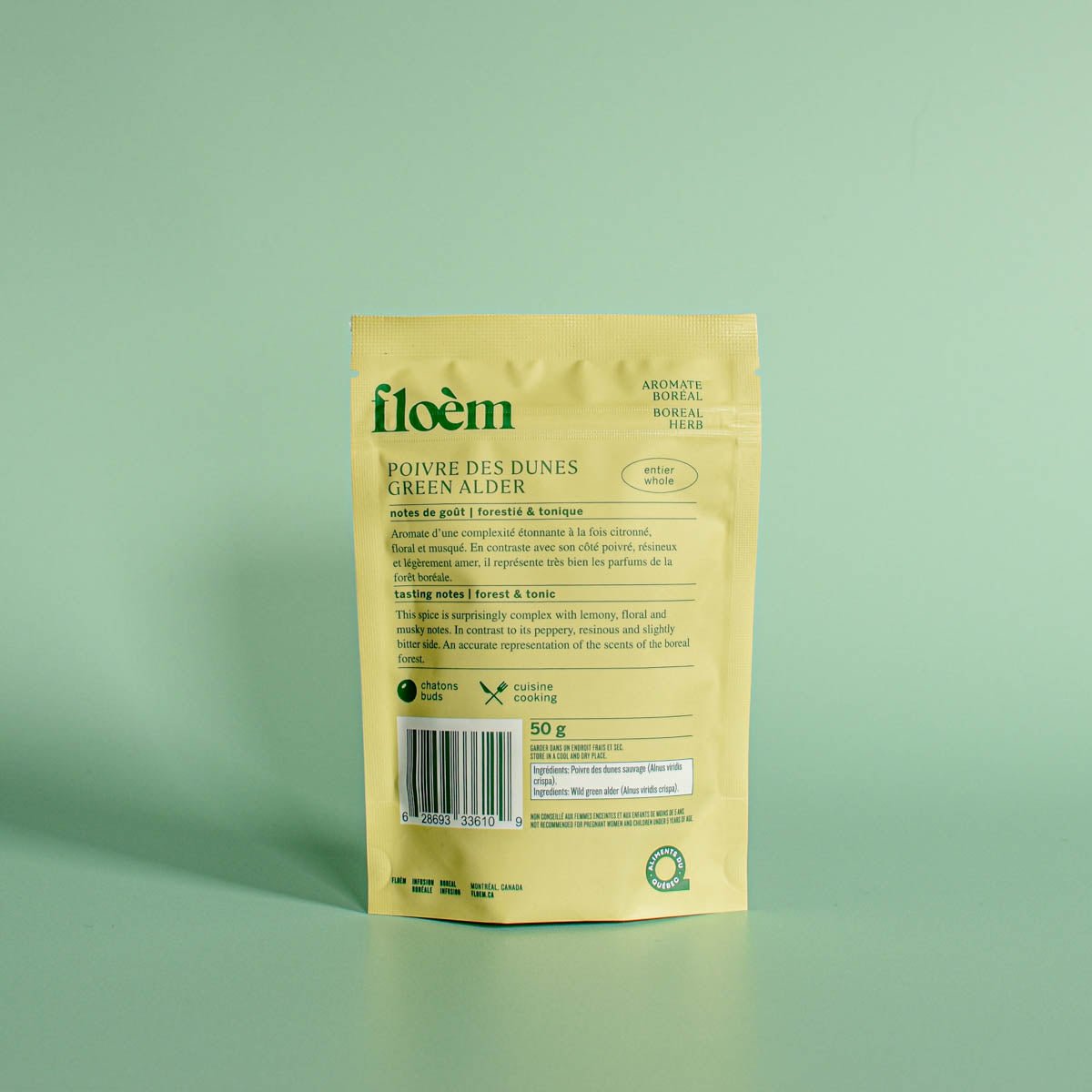
Green Alder
UNIQUE. BOLD. NORDIC.
Description
Dune pepper, also known as alder, is a widely used forest ingredient in northern Quebec. This shrub, which can reach three meters in height, produces kittens (botanical term) as flowers, this is the part that is harvested for use in high gastronomy. It can be eaten freshly picked or dried, it is generally found dry and whole on the market.
How does it taste?
It is nicknamed pepper, but in reality it does not belong to their category. It is rather a substitute and a local option for sourcing local spices. Its taste is very different from pepper, it is surprisingly complex and difficult to describe. It can be described as fir and resinous, peppery, with a slight bitterness that contrasts with its floral side. It is also attributed with citrus, dill, lemony and sweet notes. Very gently, it very well represents the scents of the boreal forest.
Where to use dune pepper?
The answer is simple: everywhere, everywhere, everywhere!
- In recipes such as broths, sauces and marinades
- In all-purpose spice blend
- In drinks such as herbal tea, coffee, beer and gin
- In the desserts! Like a chocolate pie or a maple tart
- To flavor an oil (infused oil)
* To try our Latte Forestier recipe, it's here!
The virtues of green alder
It has been used to reduce fever, to stop bleeding and to decrease gas in the stomach. Like many resinous plants and trees, it has astringent and tonic properties, which promote a feeling of well-being and vigor. In addition, its essence has been extracted in a decoction to give to children with a weak appetite. On the other hand, it is considered abortifacient, so it must be avoided in the first months of pregnancy to avoid complications.
Its natural environment
Dune pepper is found throughout eastern North America, especially in Canada. It likes moist, nutrient-poor soils, such as rocky sites, sandy areas, level ground, and mountains. The shrub also grows well near marshes, streams, lakes and rivers. It is possible to harvest it during all the winter months, but it is recommended to pick it towards the end of the fall so that it is at the peak of its flavor.
Wild green alder
Not recommended for pregnant women and children under 5 years old.
|
|
Région : Côte-Nord Province : Québec Pays : Canada |
Free shipping $65+ (AFTER REBATE)
Fixed shipping at $11.99
Preparation in 1-2 business days
Delivery in 1-4 business days
We use Canada Post, UPS or Purolator
We deliver all over the world
- We want you to be 100% satisfied with your blends, that's why we offer you this promise. If you don't like your order, let us know within 30 days of your order date and we'll make sure you're satisfied.
*The only exclusions are sale/discounted items and accessories and gifts.
30 Day Money Back Guarantee
Free shipping over $65
Web exclusivity
Made in Canada
Caffeine free
Choose options





100% Natural •
Nordic •
Harvested by hand in Quebec •
These extraordinary women chose to take a moment for themselves, immersing themselves in the soothing flavors and aromas of boreal flora, to nourish their well-being and inner balance.




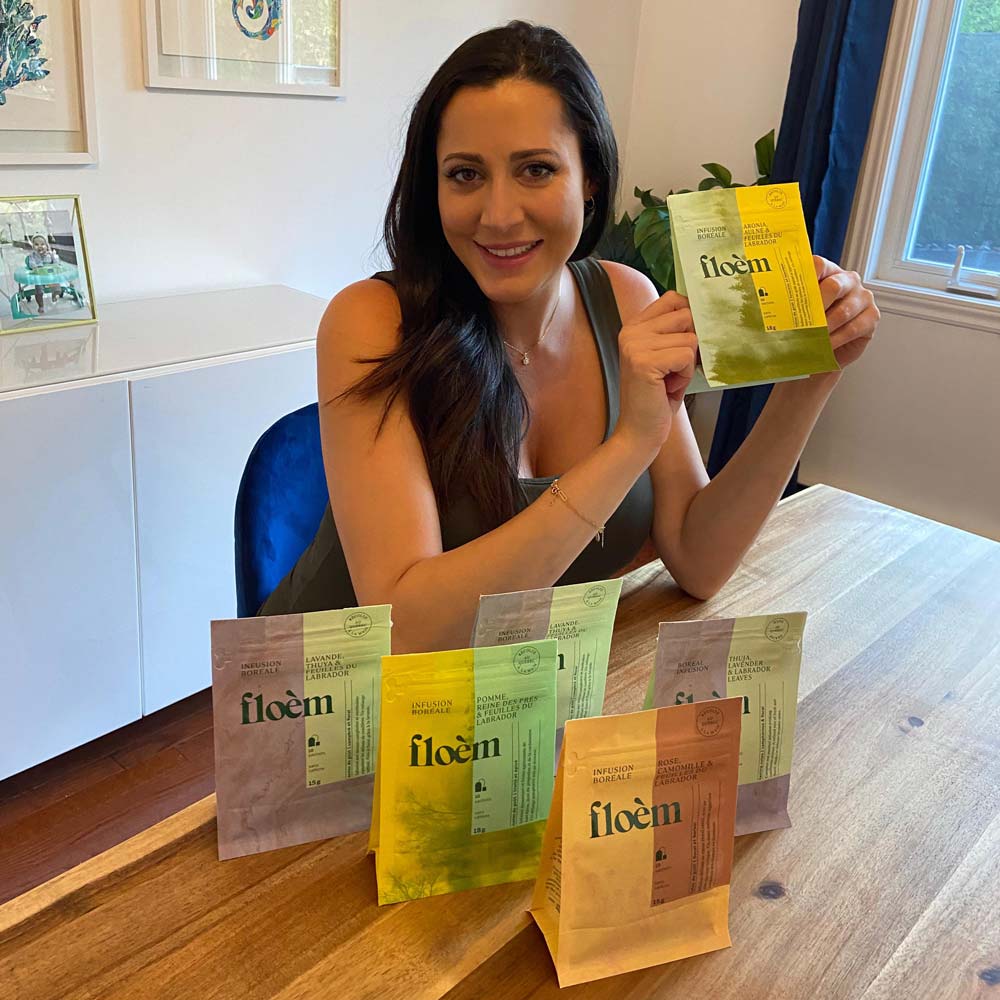

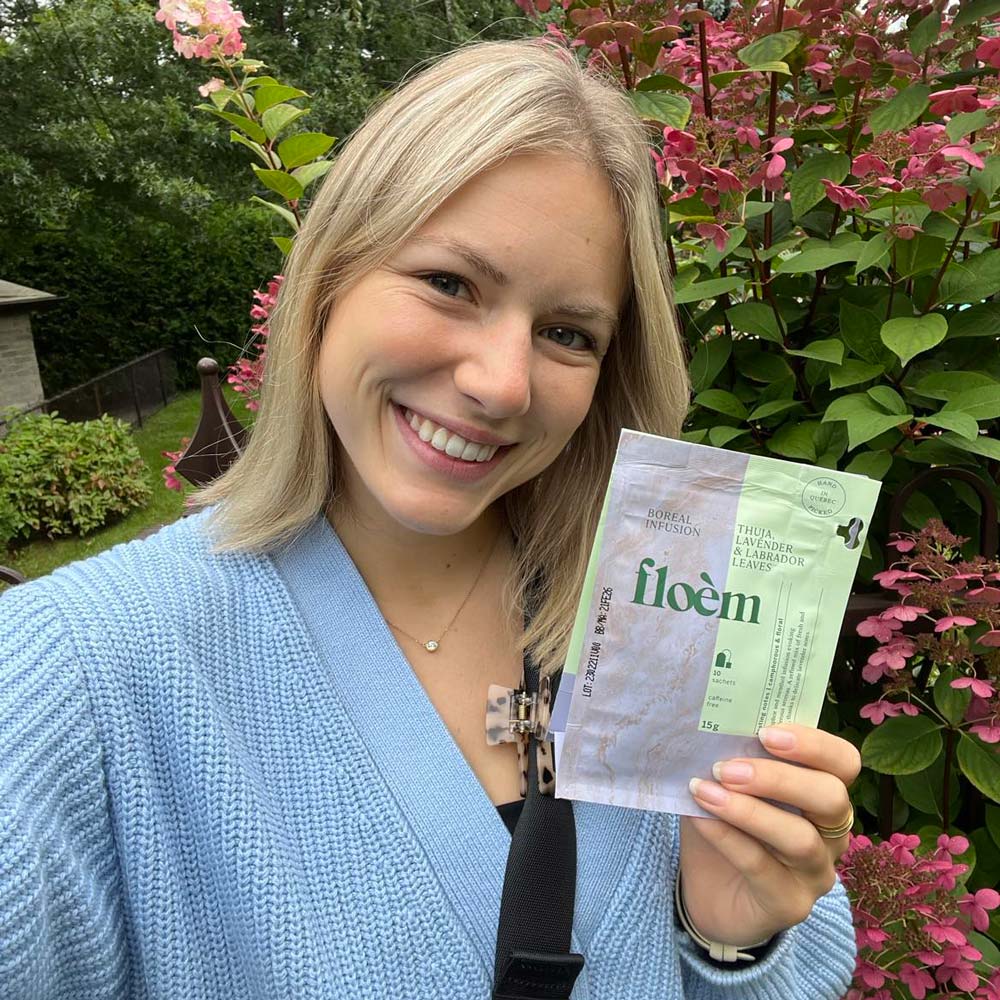
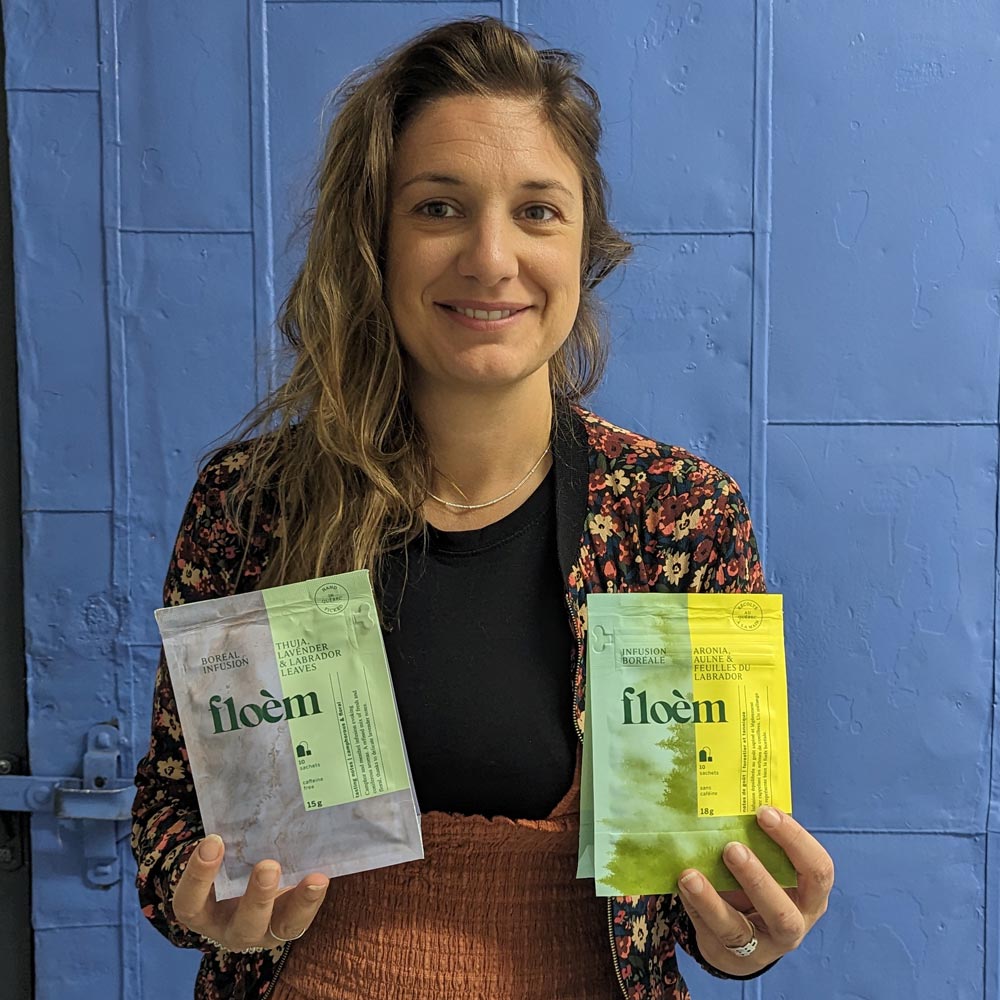

Unique flavor, essence of the terroir.
Green alder

Guess what?
Our blends are:
- 100% natural
- No added flavors
- Without sugar
- vegan
- ketogenic
- Organic/wild-harvested
- Gluten free
- Without theine / caffeine
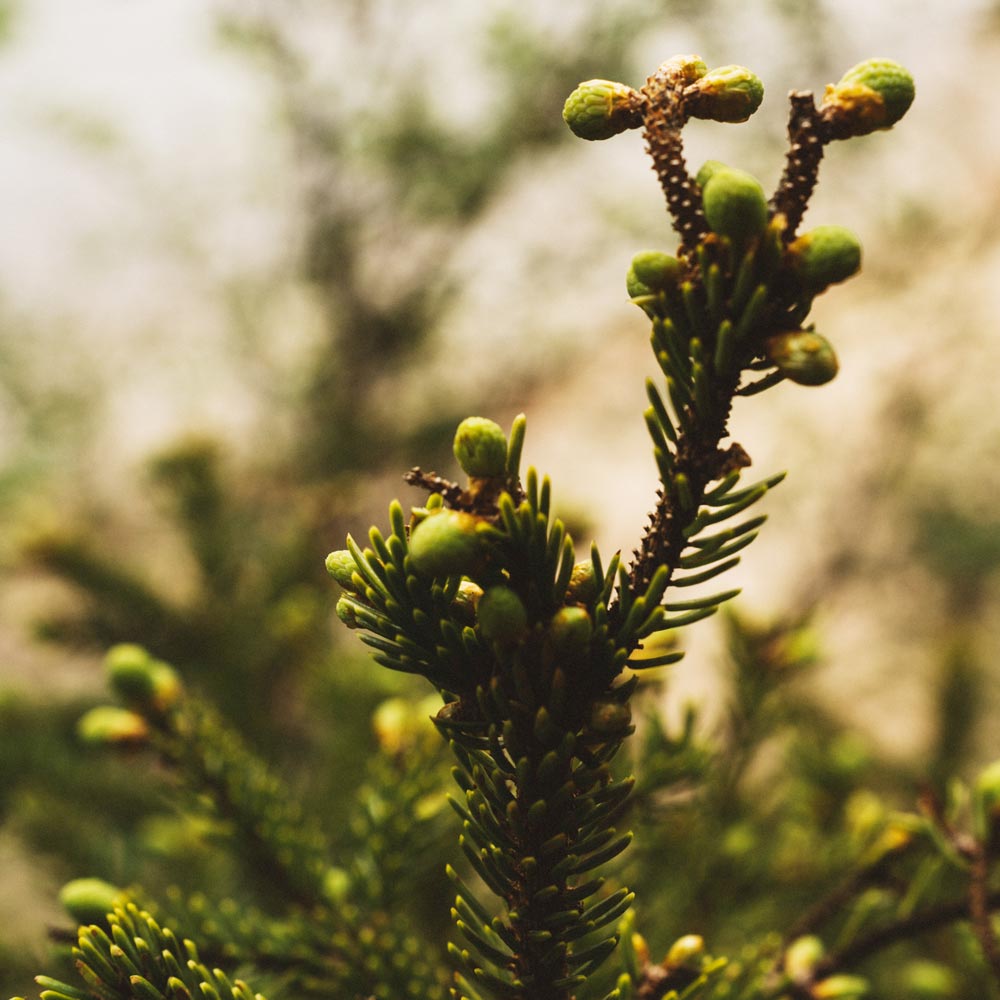
Matter
Raw and precious
Rare ingredients from our northern forests.
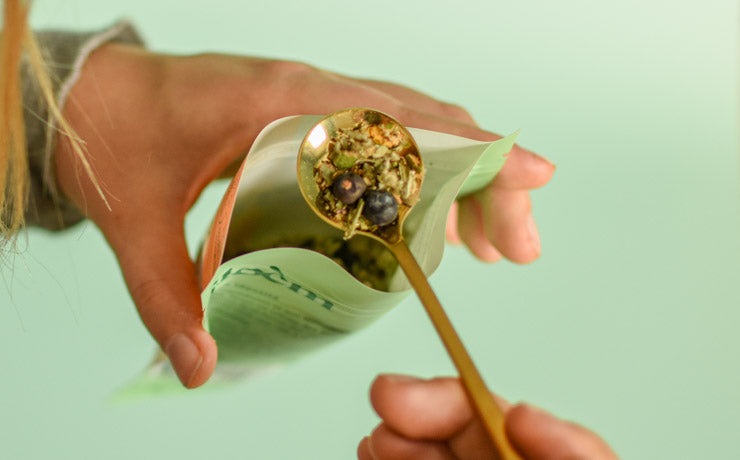

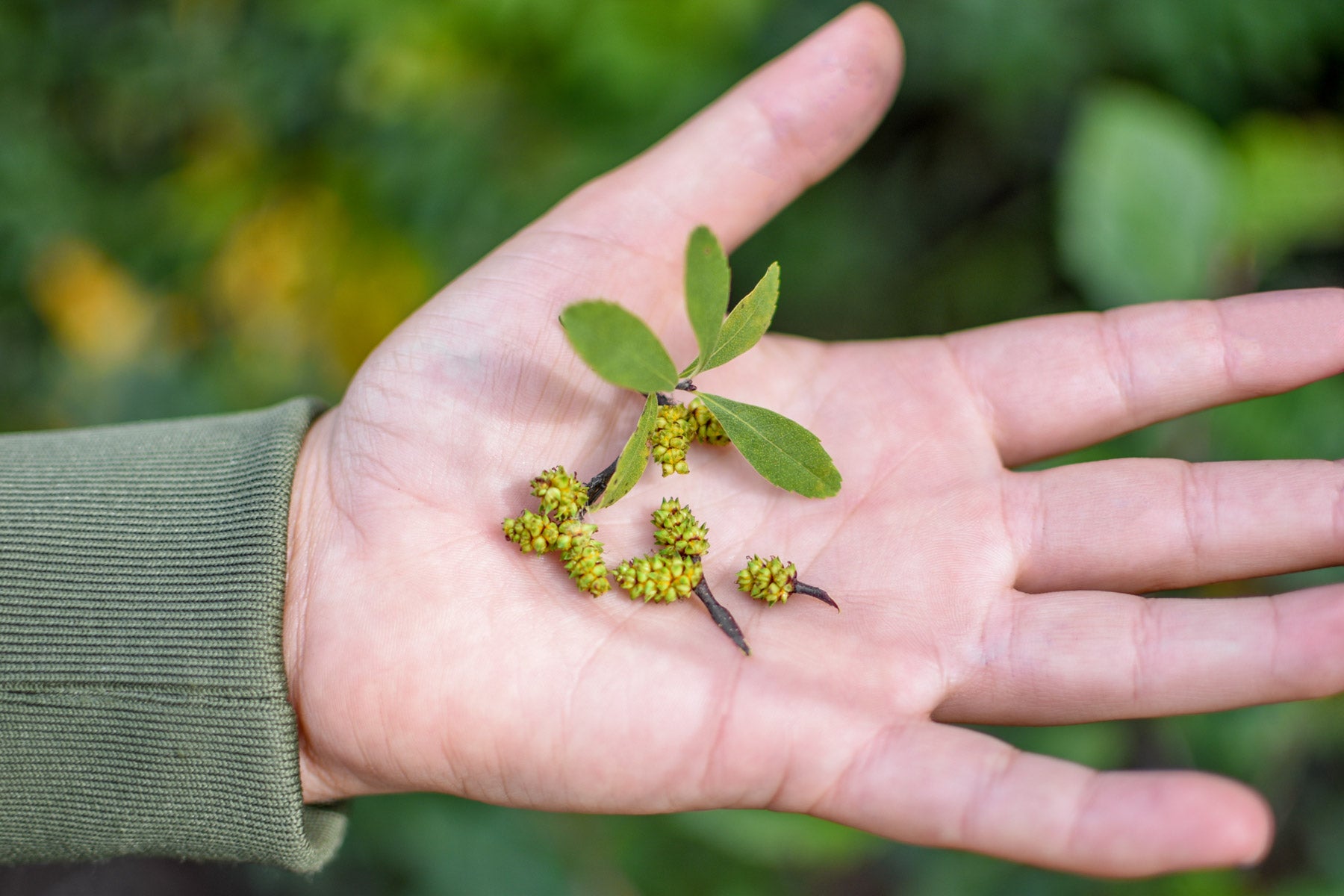

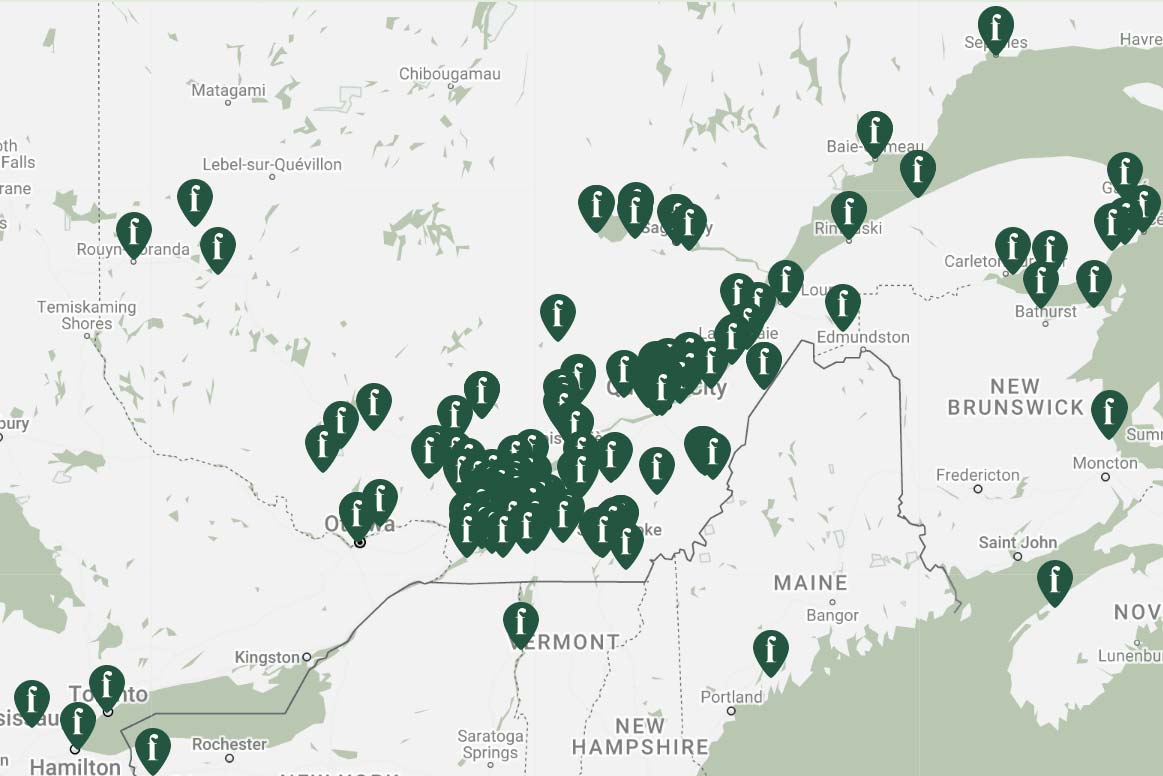

 Preparation for a cup
Preparation for a cup
